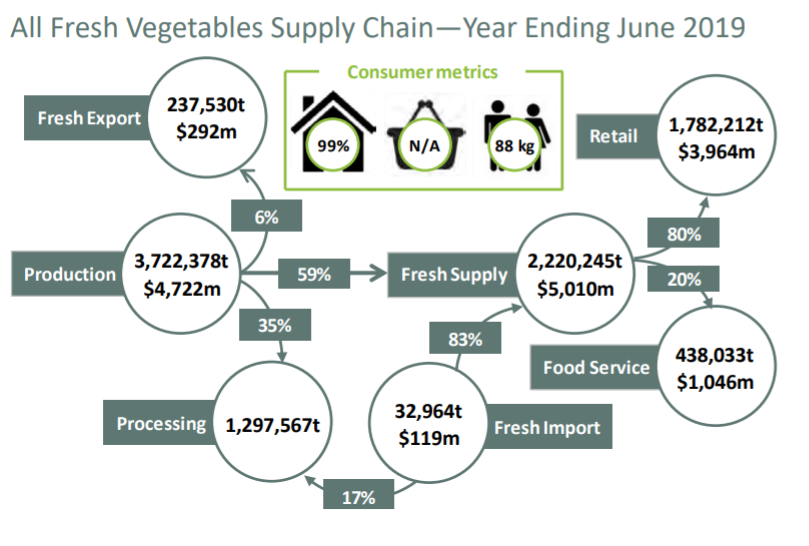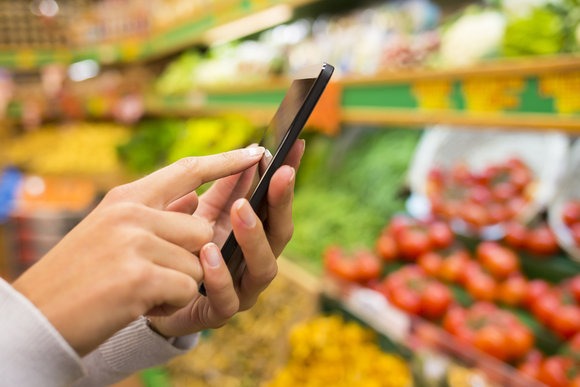A bird’s eye view on Australia’s horticulture landscape shows why the Agtech market in the country will reach AUD 100 billion in the next 10 years.
Australia is a net exporter of fresh fruits and vegetables, exporting to over 60 countries. And it’s all thanks to its unique horticultural landscape.
The country is relatively large with the varied climate allowing production year-round in more than sufficient volumes. The small population of 26 million leads to a further surplus.
Lastly, its Southern Hemisphere location means it can provide counter-seasonal fruit and vegetables to Northern Hemisphere markets.
(source: Australian Horticulture Statistics Handbook)
Shortage of labour
There is a downside to the country’s small population. It makes labour scarce, which intensifies competition and pushes up costs.
Let’s paint a clearer picture. The per-hour labour cost an employer bears is around AUD 25-30. And that’s for unskilled harvest labour. Add in the cost of skilled workers and the labour intensiveness of the industry, and the costs accumulate very quickly.
It’s this expense that has made Australia’s farming production cost amongst the highest in the world.
Factor in COVID-19
Overseas workers supply a significant share of harvest labour to Australia.
Pacific Island residents make use of the Seasonal Worker Programme to get higher-paying jobs on farms here. Backpackers from around the world work on farms to qualify for a second-year visa through the Working Holiday Maker programme.
The restriction on travel due to COVID-19 put paid to this influx, worsening the availability of labour. The impact has been so great that many farmers have decided not to plant or reduce plantings this season.
Automating wherever possible
Because Australia exports around 70% of its agricultural outputs, it faces the challenge of meeting international demands.
For Aussie farmers, it means product quality is non-negotiable even when cutting costs become mandatory. And that’s a sound philosophy to stick to, considering quality leads to satisfaction, loyalty and better profits.
So, when you can’t compromise on quality and your production cost is high, you look for alternative routes to maximise return. For most, those are:
- minimising labour costs.
- shortening the route and time to market.
- attracting maximum price for produce.
Automation achieves all three.
For example, a grape grower relies on his pickers to harvest the fruit whilst managing the quality in each carton. The manual process is labour intensive (read: costly). It is slow (read: longer time to market). And it leads to quality issues due to human bias (read: lesser price).
Now compare this to an automated quality assessment tool. The tech is fast, accurate, and cost-effective. Not to mention, it objectively assesses quality on every piece of fruit and brings consistency to produce.
The gist
Using tech, wherever possible, not only levels the playing field for farmers but also tilts it in their favour.
It is why Aussie growers and marketers have been such early adopters of technology. And it is why the Agtech industry in the country is predicted to reach AUD 100 billion by 2030.

Brett Jackson is the Managing Director of Fresh Domain, with two decades of experience in the agricultural sector. Intello has partnered with him for go-to-market strategies in Australia. You can connect with him on LinkedIn






